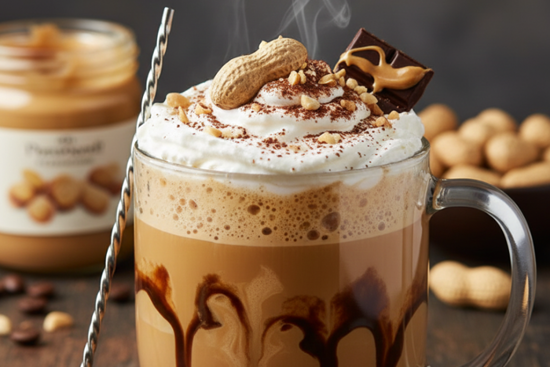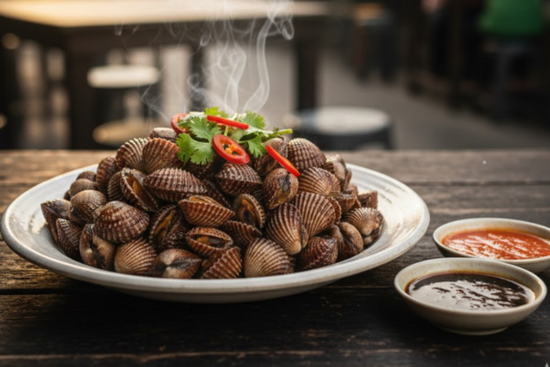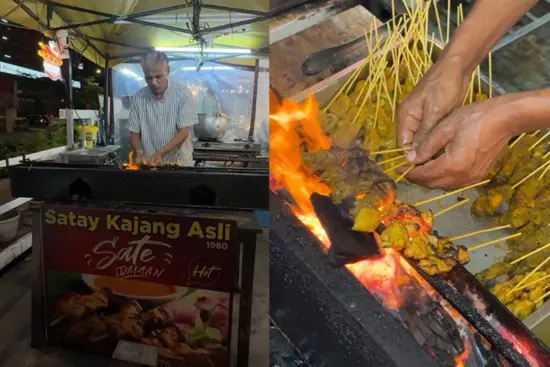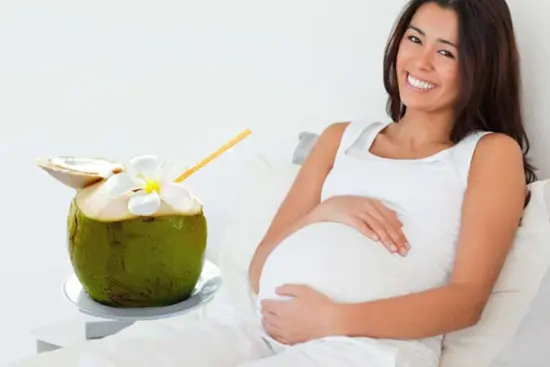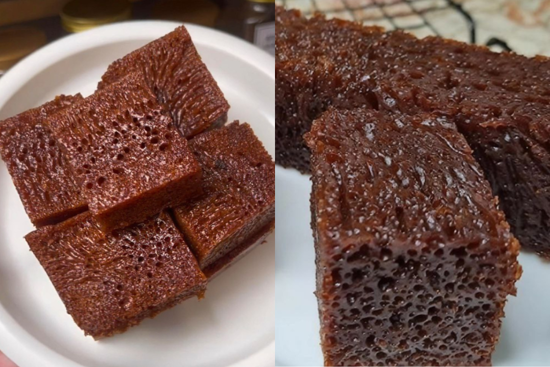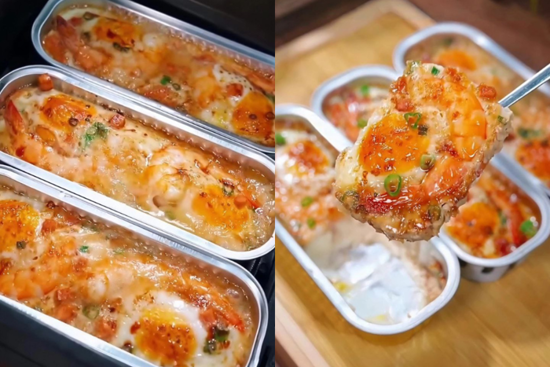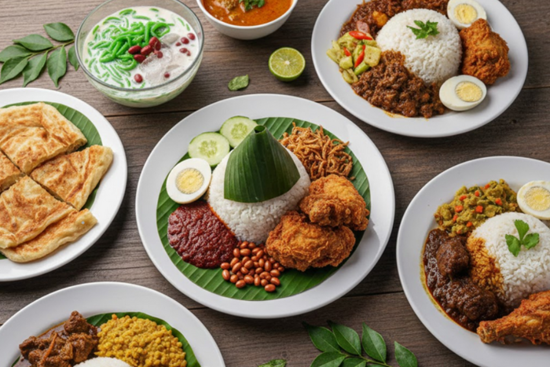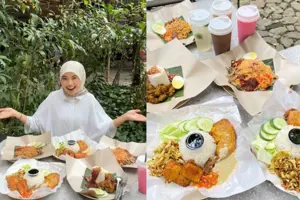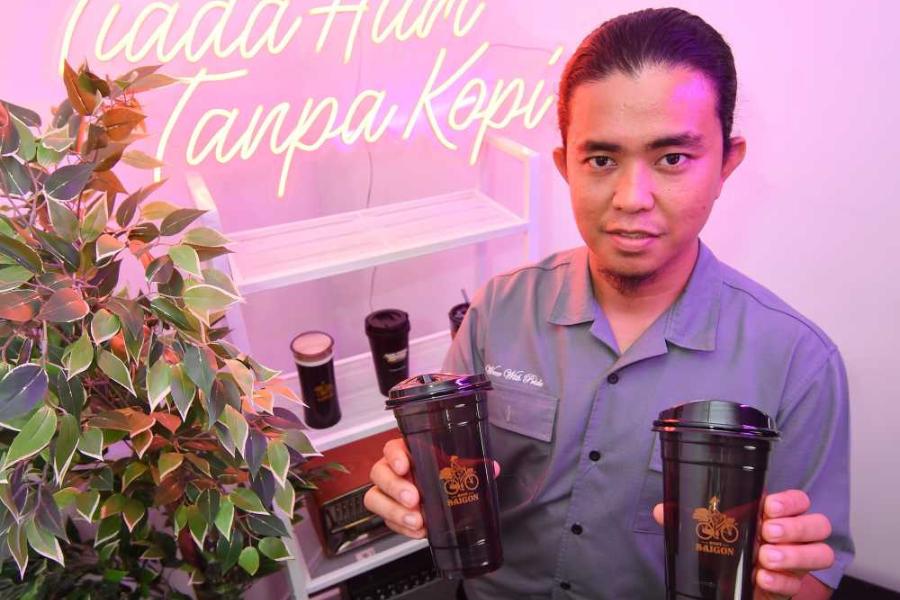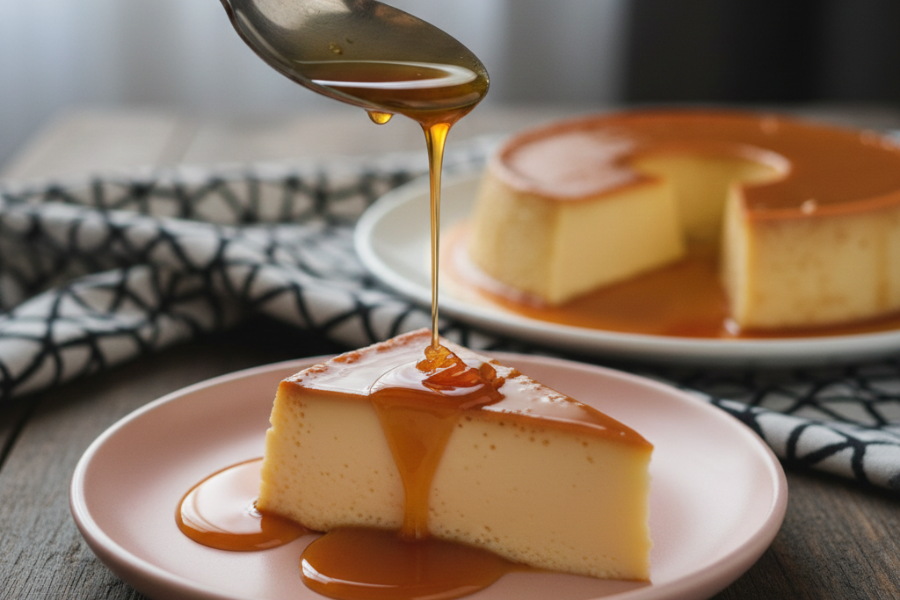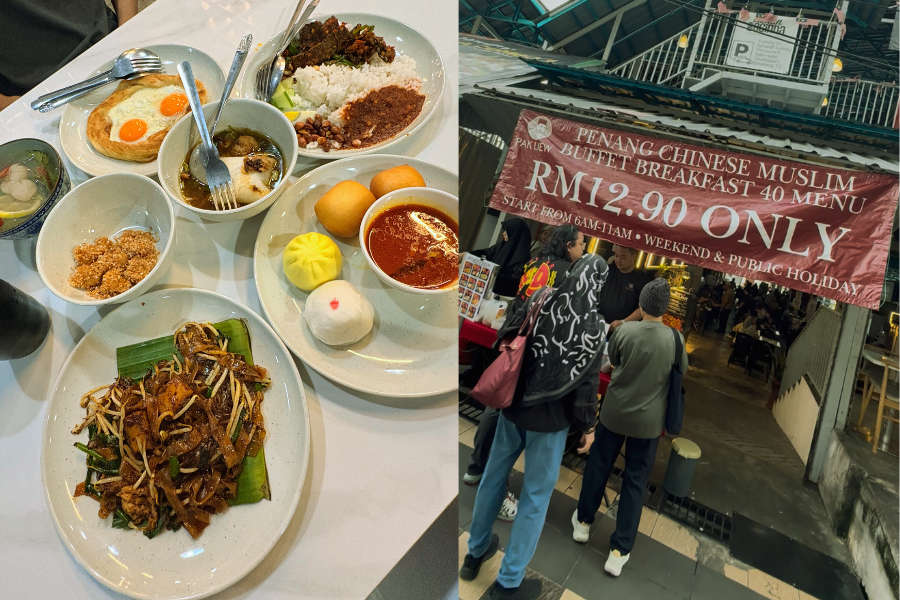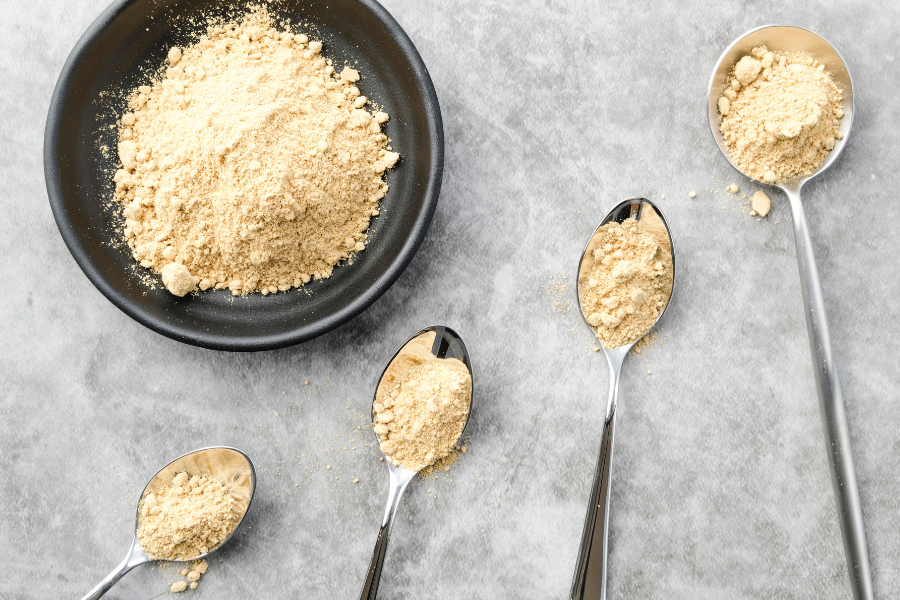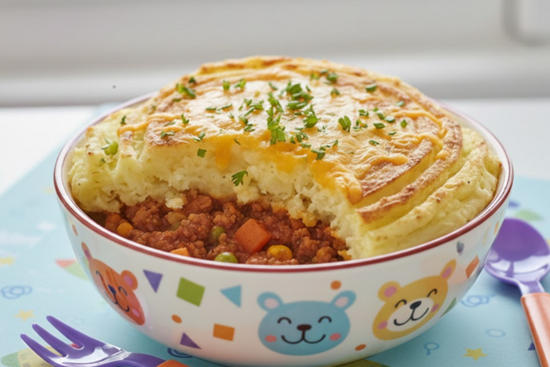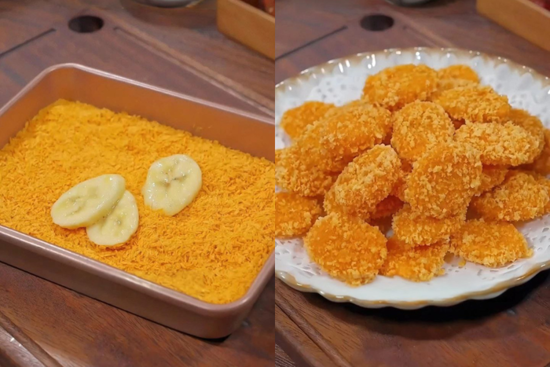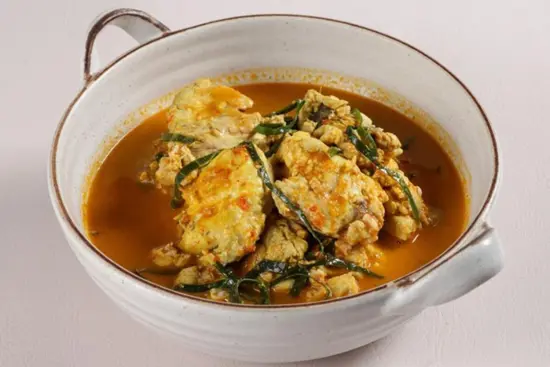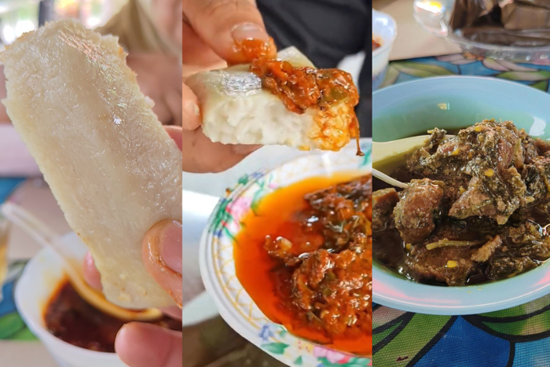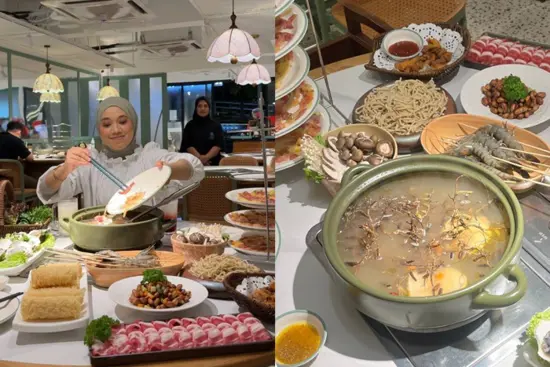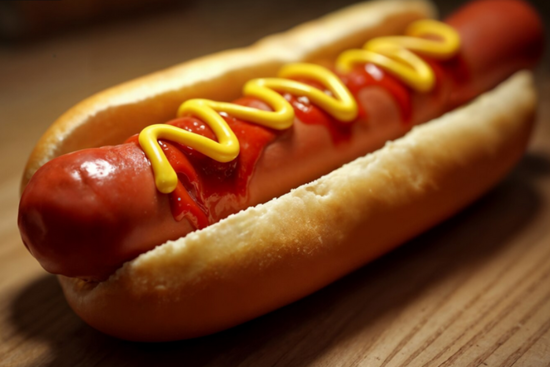terkini
Trending
Resipi & Bakeri
Singgah Makan
Lebih Menarik
KUALI | Trending
Sisa kulit telur jangan dibuang, rupanya boleh dijual RM10 sekilogram
SELEPAS ini, kena kumpul kulit telur banyak-banyak!
KUALI | Trending
Helah mudah kurangkan ketagihan hisap vape, kunyah gula-gula getah pudina pilihan terbaik
LEPAS ini kalau terasa nak merokok cepat-cepat kunyah gula-gula getah pudina!
KUALI | Menu Selebriti
[V] Allan Andersn tak makan nasi... Rahsia kulit mulus, badan tak berbau
ALLAN ganti dengan keledek dan beras perang sebagai sumber karbohidrat.
KUALI | Nutrisi
Baunya busuk dan rasanya pula pahit... Buah mengkudu banyak khasiat, boleh bantu elak obesiti
DI SEBALIK bau yang busuk rupanya tersimpan banyak manfaat!
KUALI | Tip & Trik
Ini 5 bahan pengganti buat kek dan pastri tanpa telur, hasilnya tetap gebu dan lembut
JANGAN risau kalau tiada telur, 5 bahan ini boleh jadi pengganti!
KUALI | Menu Selebriti
[V] Dipaksa belajar masak sejak remaja, didikan tegas ibu buat Adriana Adnan bersyukur... Sekarang hari-hari masak untuk suami
NAK melawan takut jadi anak derhaka pula...
KUALI | Trending
Peniaga tergamam individu minta 'sponsor' 180 pek tiramisu, beri alasan permintaan majikan - “Bos semua cakap sedap”
TAK tahu malu betul, boleh pula dia minta sponsor 180 pek tiramisu.
KUALI | Pastri
Kek tapak kuda red velvet menggoda selera, resipi Kak Sue buat ramai terliur
SIAPA rajin dan sabar boleh cuba...
KUALI | Trending
Tak masuk akal! Seekor ikan tuna dijual RM6 juta, simbolik tuah dan keberuntungan di Jepun
Harga seekor tuna gergasi boleh beli kereta mewah!
KUALI | Trending
Dua tahun beroperasi, Shiha Zikir tutup kedai nasi ayam cawangan Shah Alam
SEMOGA urusan perniagaan Shiha dipermudahkan!
